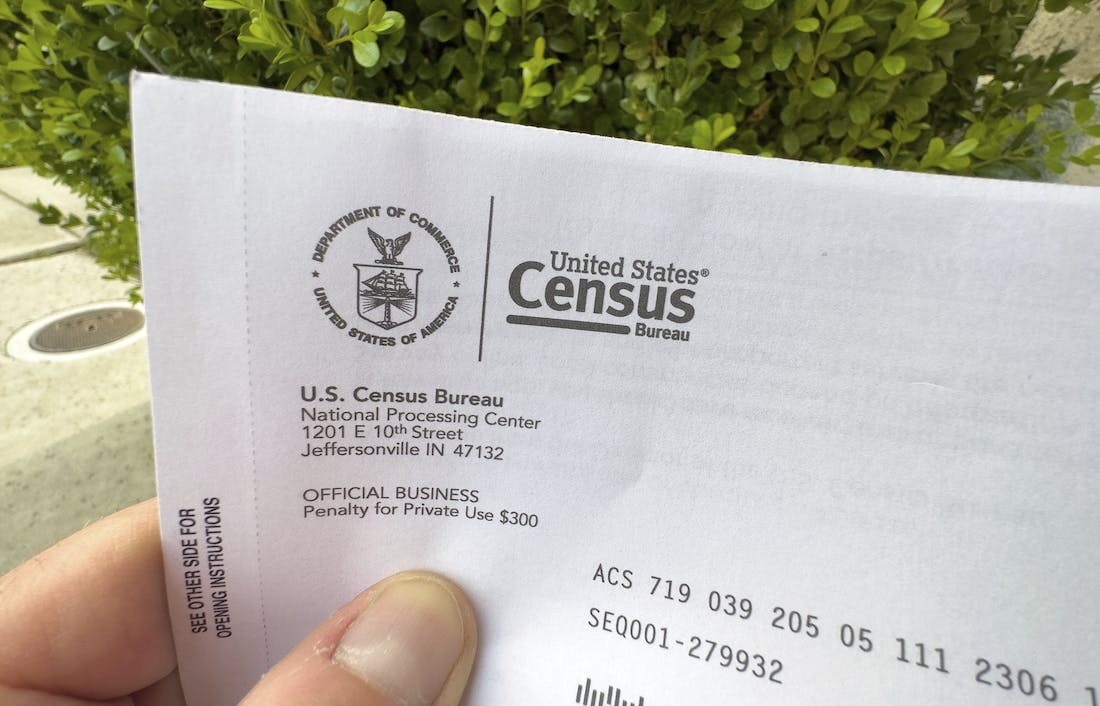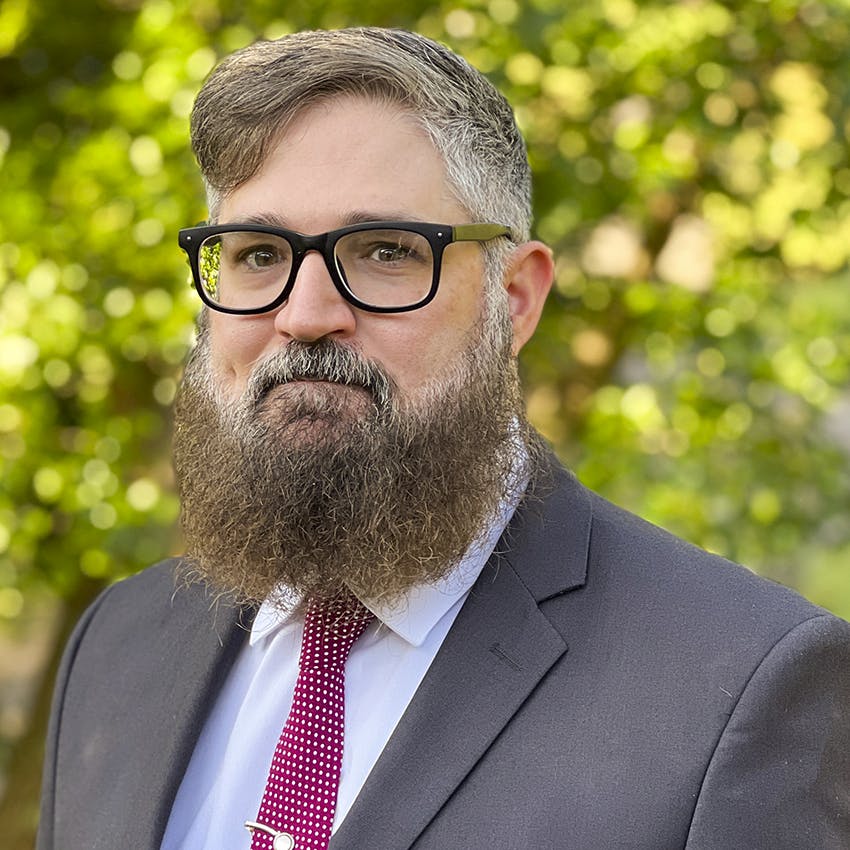Unlocking Census Data to Impact the Public Good
Census leaders tout open data innovation and cross-sector collaboration through a focus on the user experience.

The Census Bureau is honing in on data usability to unlock more benefits for how the public uses the data it collects through its decennial surveys, Census Bureau officials highlighted last week during its Open Innovation Summit last week. Officials say this focus on the user experience will ultimately help solve critical problems in public service.
“What we really need to do is to pay closer attention to how people are using the data,” said Census Deputy Director and COO Ron Jarmin during the event. “And also closer attention to how people might use the data in ways that they aren’t new [and] that may be very beneficial for helping solve problems going forward.”
In between its decennial counts, the bureau constantly collects and analyzes data about things like economic indicators and population demographics from a variety of sources. Agency leaders touted the mission delivery and innovation that can come from Census data.
“The Census Bureau is not a policy institute. We don’t do policy. We do statistical data,” Census Director Robert Santos said during the event. “The beauty of it is recreating the opportunity to bring folks together so that they can be empowered to use the data for the benefit of society.”
Leaders highlighted The Opportunity Project (TOP), a Census program that connects federal agencies, community organizations, and local and tribal governments over technology issues and challenges. During sprints over the past year, participants in the program created dozens of products, including those led by the Consumer Financial Protection Bureau, U.S. Economic Development Administration and the Department of Commerce.
Some of the new TOP investments for initiatives and tools using Census data for tribal communities, for example, include a Native Community Development Financial Institutions (CDFIs) resource map and partnerships with Native CDFIs like Oweesta, Indigenous Impact Co. and Four Bands Community Fund.
“What all these projects have in common is that the Opportunity Project gets us to focus on the end user, the folks that actually will benefit from the tools that are developed and thinking and the insights that are developed,” Santos said.
Census leaders see these initiatives as having profound impacts toward the public good.
“I like to think about it more as leveraging this enormous power of data and technology and bringing it together,” Santos said. “U.S. society is adapting to an increasingly diverse and wonderfully beautifully diverse nation that we have here.”
This is a carousel with manually rotating slides. Use Next and Previous buttons to navigate or jump to a slide with the slide dots
-

Defense Leads Prioritize Data Governance Over Emerging Tech
Officials said they are tackling data challenges and measuring data success to prepare for modernized technology.
3m read -

GenAI Automates Space Force Data Discovery
Space Force’s Will Haskell discusses GenAI advancements that are streamlining data access and analysis and enhancing workflows.
2m read -

CBP Leads Federal Post-Quantum Cryptography Work
The agency began its post-quantum cryptography migration two years ago and thinks others would benefit from its lessons learned.
4m read -

Navigating Federal Zero Trust Development
This panel explores the consistent steps agencies took to get here, and examines the future of zero trust.
1m watch








